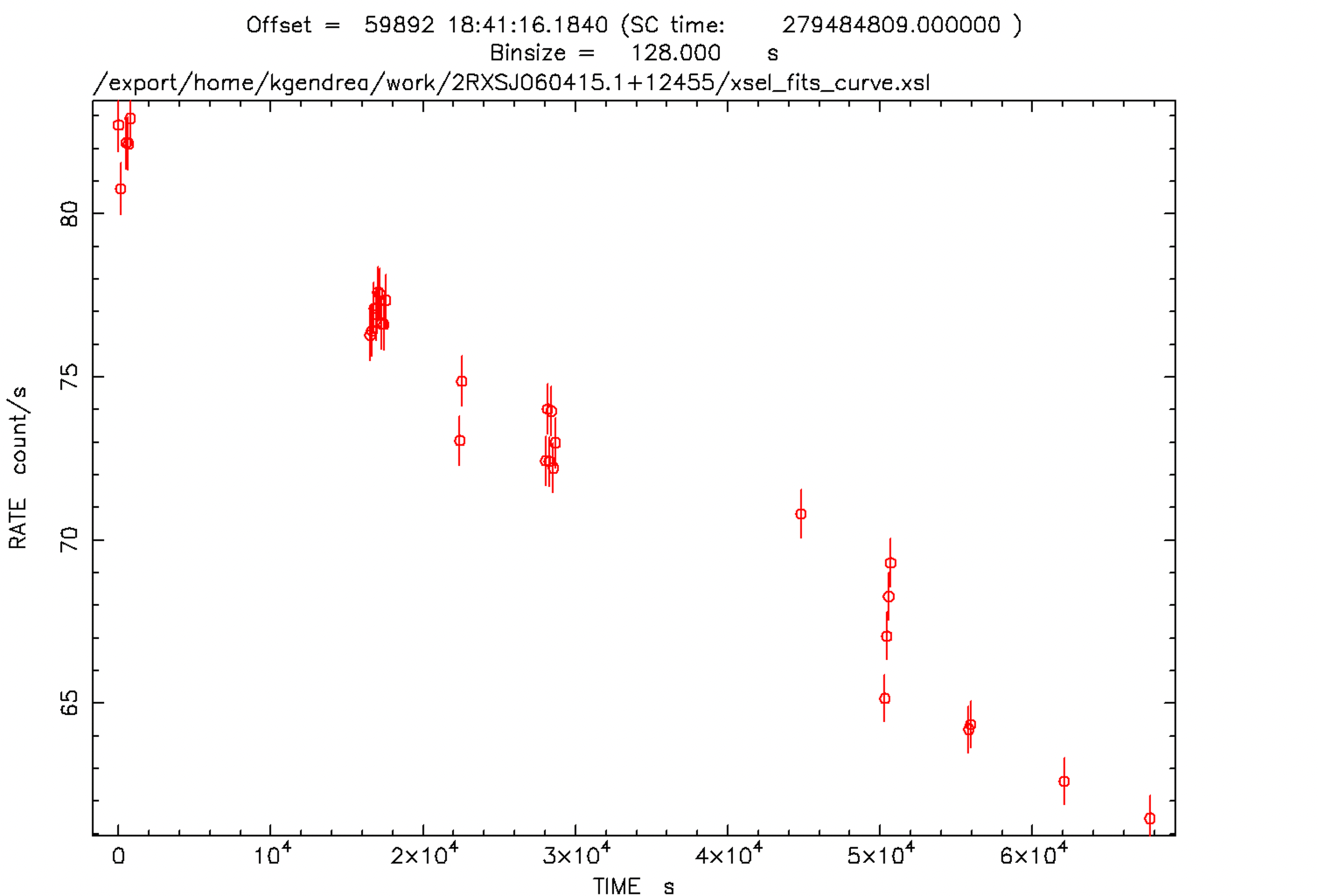NICER / ISS Science Nugget
for November 10, 2022
NICER Identifies an X-ray Transient
On November 9, Astronomer's Telegram #15748 reported the detection of brightening X-ray emission over the preceding two days by an instrument known as LEIA (the Lobster-Eye Imager for Astronomy) on China's SATech-01 satellite. Given the designation LXT 221107A, the transient was localized to a region on the sky with a 3-arcmin radius; within that region, but offset from the nominal LXT coordinates by 2.5 arcmin, lies a cataloged X-ray source originally discovered by the ROSAT mission three decades ago and coincident with a bright, nearby star known as HD 251108. While the association of the ROSAT X-ray source with the star is firm, the LEIA transient at the time of its discovery was 10 times brighter than the star, casting some doubt on the association and suggesting that LXT 221107A might be a new, unrelated source.
To test the possible association between LXT 221107A and HD 251108, NICER observed the star directly and also carried out a small grid search around the nominal LEIA coordinates. Coincidentally, NICER's view of the sky is also a 3-arcmin-radius single "pixel," so that a 3x3 grid search fully sampled the LEIA uncertainty region. The grid search revealed no new candidate sources of X-ray emission in the vicinity of the known star. In the meantime, NICER's observations directly pointed at the star revealed an initially bright source declining over time (see Figure 1), suggesting that LEIA detected a flare from HD 251108. The time-averaged NICER spectrum of the star's emission is well fit by models of giant stellar flares, including heating of the star's photosphere "surface" by a Sun-like coronal loop. The superheated plasma produces a number of X-ray emission lines, including via fluorescence of iron atoms.
These preliminary results will appear in a follow-up Astronomer's Telegram by the NICER team, informing the community of the origin of the LEIA-detected transient.


Figure:
Left: Declining X-ray brightness, in detected photons per second, of a flare from star HD 251108 as measured with NICER.
Right: NICER X-ray spectrum of HD 251108 (points with error bars), and a theoretical emission model (dotted curves) that includes a hot (nearly 60 million Kelvin) plasma and an additional emission line for fluorescing iron atoms at 6.4 keV photon energy. The resulting fit parameters are consistent with those of rare giant flares seen from other stars.
<< Previous
Main Index
Next >>